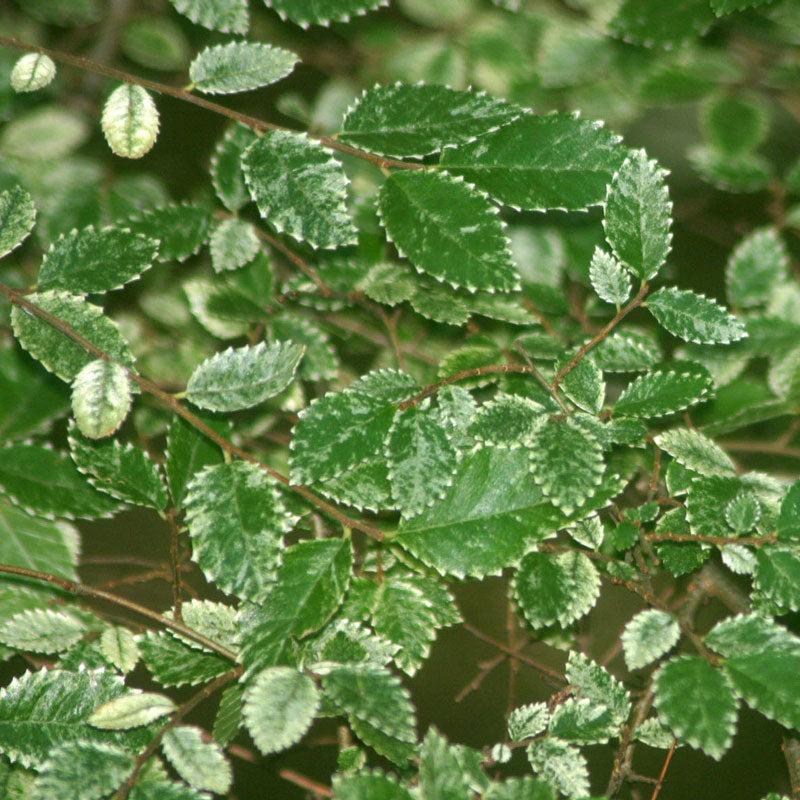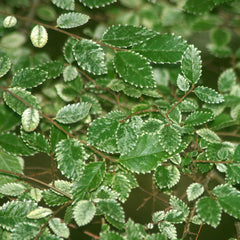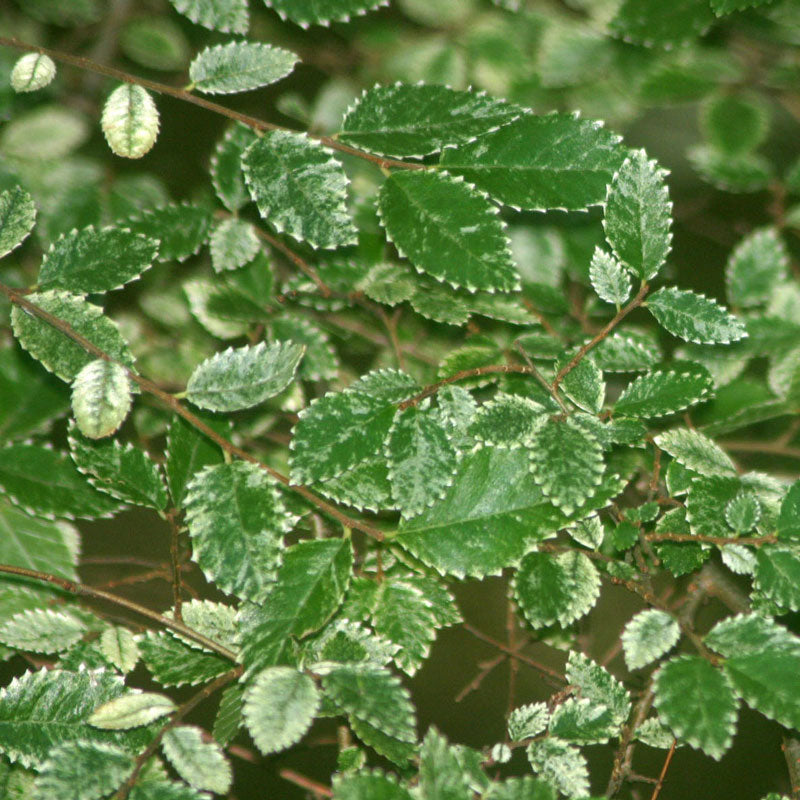

Slippery Elm Bark (Ulmus fulva)
- $14.00 CAD
- $14.00 CAD
- Unit price
- per
50g, 100g, 250g
Couldn't load pickup availability
Parts used: Inner bark
Properties
Antacid, antineoplastic, astringent, demulcent, emollient, expectorant, mucilant, nutritive
Primary nutrients
Calcium, copper, iodine, iron, phosphorus, potassium, selenium, sodium, vitamins A, F, K and P, zinc
Slippery elm contains as much nutrition as oatmeal and provides a wholesome and sustaining food for young children and invalids. Slippery elm has been used mainly to treat gastrointestinal problems, such as stomach and intestinal ulcers, soothing the stomach and colon, indigestion, acidity, and to lubricate the bowels. The mucilage content is thought to help heal ulcers and ulcerated conditions. It was used for asthma, bronchitis, colitis, colon problems, and all lung problems. It is a mild purgative, aiding in elimination.
Studies done on slippery elm have found it to be an excellent demulcent and beneficial for diarrhea, coughs, stomach problems, colitis and lung problems. The bark of slipper elm contains mucilage that swells in water and can be applied to wounds or taken internally to soothe and heal. Some lozenges for throat irritations contain the powdered bark to soothe the throat and promote healing.
Primary Applications
Abscesses
Asthma
Bronchitis
Burns
Colitis
Colon problems
Constipation
Coughs
Diaper rash
Diarrhea
Gastric disorders
Lung problems
Secondary Applications
Appendicitis
Bladder problems
Boils
Cancer
Croup
Diphtheria
Dysentery
Eczema
Eye ailments
Fevers
Flu
Hemorrhoids
Herpes
Inflammation
Kidney problems
Pain
Phlegm
Pneumonia
Sores
Syphilis
Throat, sore
Tuberculosis
Tumors
Ulcers
Uterine problems
Vaginal irritations
Warts
Worms
Wounds
Whooping cough
50g, 100g, 250g
RELATED PRODUCTS
- Choosing a selection results in a full page refresh.



